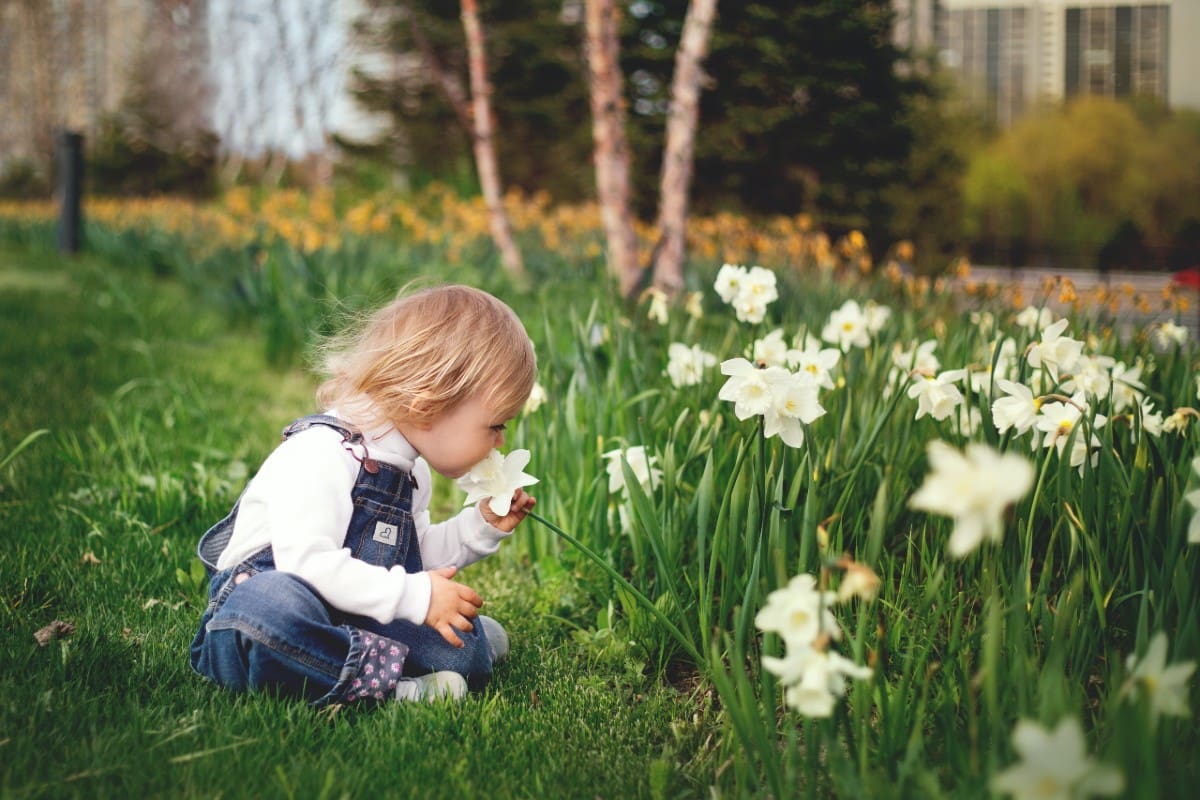Borst’s lawn spring clean up services will get your property blossoming
When spring is on our doorstep, the clock starts ticking. Blustery winds blow leaves and twigs across tender grass shoots. The soggy skeletons of dead plants choke out new growth in flower beds. Branches damaged under strain of snow need to be pruned. Where to begin, you wonder? Start with our lawn spring clean up checklist below to develop a plan of action.
To get a jump on your lawn spring clean up needs, call Borst Landscape & Design at (740) 527-6953 or request a quote online.
Spring Strategy
Choosing which spring task to begin with may seem somewhat arbitrary — but in fact, timing is everything. Below is a list of lawn spring clean up tasks and explanations of why good scheduling matters.
Raking and Debris Removal
Raking while the earth is still saturated with snowmelt could tear up tender grass roots. It’s best to wait for your spring clean up until the ground is completely dry. Ideally, raking and clearing of garden beds would wait until temperatures have stabilized at around 50 degrees for a week’s time. At that point, scores of beneficial insects (such as pollinators) will abandon the leaf litter they lived in through the winter.
Trimming and Pruning
While it might be tempting to prune all your trees and shrubs at once, the time for trimming varies from plant to plant.
For example, it’s best to prune your deciduous trees just before they put out fresh growth. As the weather warms, sap begins to rise. Sugars released from the roots travel to the branches to support new shoots, leaves, and flowers. A tree pruned while blooming would spout sap from the site of the snip. Not to mention, an open wound like that makes a tree susceptible to devastating pests.
Breaking Earth
Are your perennials beginning to develop new shoots at their base? Perhaps some stalks seem unable to hold their own weight? If so, it may be the right time to divide your plants. Perennial flowers such as daylilies and hostas create more of themselves every year they return. New growth can be removed, or “divided,” and planted elsewhere. Similar to the info above about trees, it is best to divide plants before they flower.
In general, the ground is more malleable in the spring. So, it’s the best time to transplant, break ground for new garden beds, and plant annuals. Once all plants are in place, it’s time to mulch.
Winter Takes a Toll
In the frigid months, essential nutrients like nitrogen, phosphorus, potassium, and iron are harder for grass roots to absorb. By spring they’re starved for a light, slow-release organic fertilizer to support steady new growth.
Sprucing up hardscape is another important step of lawn spring clean up. Power washing can blast out discoloration on patios, removing packed-in dirt and leaf matter along with it.
Book Your Lawn Spring Clean Up Today
Our lawn care professionals at Borst Landscape & Design will nurture your yard into its fullest springtime beauty. For more information, give us a call at (740) 527-6953 or request a quote online.
Photo by Tetyana Kovyrina from Pexels

